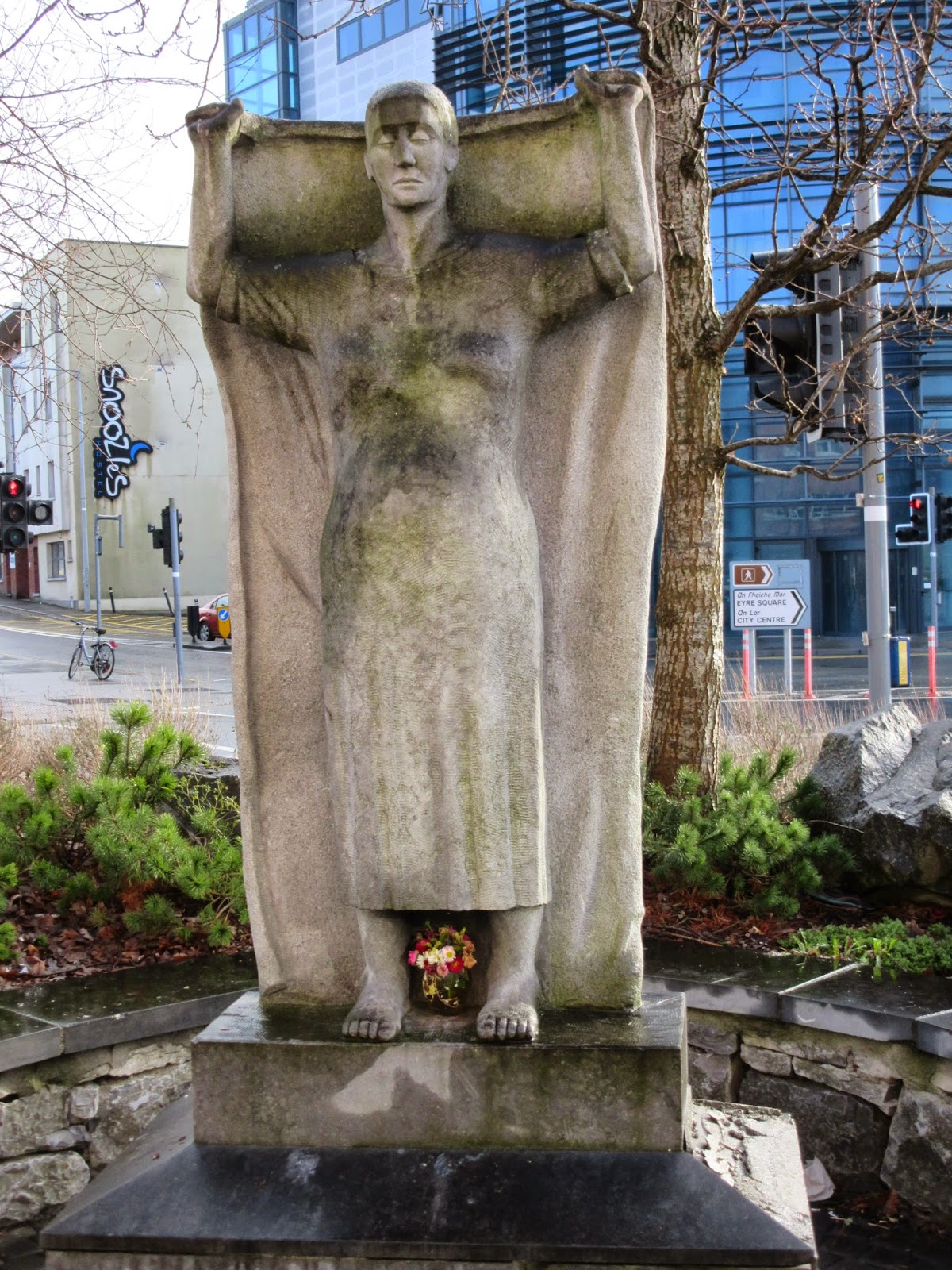It is a little known white pebble cross which marks the exact spot where the newly appointed Chief Secreatry for Ireland Frederick Cavendish and the Permanent Undersecretary Thomas Henry Burke were assassinated in 1882 by a group calling themselves the Invincibles. It was a murder which shocked the British establishment. The ghost of Cavendish is said to still haunt the area.
The cross is very discreet and there does appear to be any political
motivation for the lack of a proper monument. It is difficult to find. As you
enter drive along the main thoroughfare through the main entrance it is on the
left hand side just across from Áras an Uachtaráin, very close to a distance stone,
bench and a tree.
My most sincere thanks to the park ranger who helped me track
down this forgotten monument.
Below: The Vicregal Lodge, home of the Lord Lieutenant, Britain's representative to Ireland and today called Áras an Uachtaráin, the home of the Irish president.





















